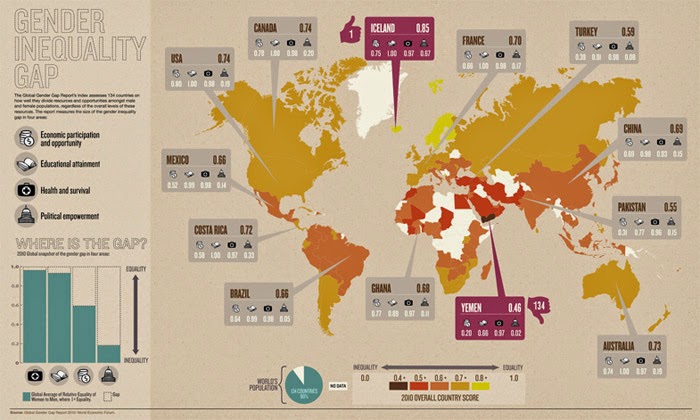Women in the media often got represented to please men. Women shown on television stayed often at home, were mothers or good caring wives. Many stereotypes present in our western society got fostered in the image of women displayed on TV. Also beauty was emphasised as something vital and socially more important for women compared to men.
Many high school movies fostered the image of teen age girls being thin and beautiful if they want to be socially accepted.
Though, television also helped to liberalise the image and public perception of women.The first female warrior 'Xena' liberalised the presumption that not only men could be heroes or warriors. Xena therefore is a symbol for rethinking women and the representation of women on televison. (Innes, 1999)
It is crucial to acknowledge how powerful TV is and has been as a cultural signifier, especially for the image of women.
It is crucial to acknowledge how powerful TV is and has been as a cultural signifier, especially for the image of women.
Source
Other feminist characters on television:
Marcy D'Arcy, Married With Children
(Source)
Women in the media industry
While on television mostly men play the role of the heroes, it is a similar story of women working in the media industry. It was as late as 2012 when Jennifer Michelle Lee became the first female director for Walt Disney Animated Studios with Frozen. She has been the first writer at any major animation studio to become a director. Frozen has become the highest grossing animated feature outdoing the Lion King.
(Source)
Source
Lucille Ball was the first woman to become studio head in Hollywood and to own her own television studio and write and produce her own shows. She paved the way for the likes of Oprah and Ellen Degeneres. This is another example why women should enter male dominated institutions, as it may liberalise other women to follow!
References
Innes, Sherrie A.(1999) Chapter 9,'A tough girl for a new century:Xena, Warrior Princess', Tough girls: women warriors & wonder women in popular culture, University of Pennsylvannia Press, Philadelphia.
Brunsdon, C. (2000). The feminist, the housewife, and the soap opera. Oxford University Press, USA.
Sheryl Sandberg




















